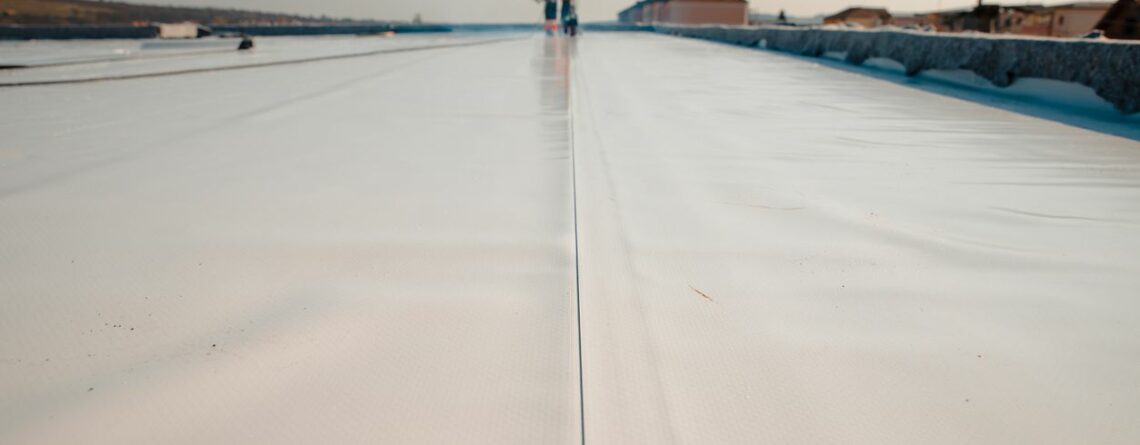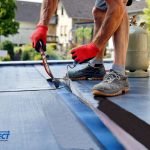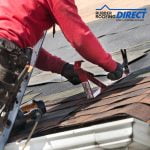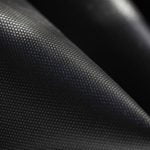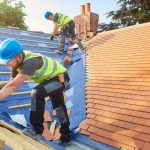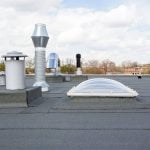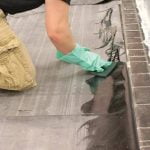Top Facts About Commercial Roofing You Need to Know
As suppliers of long-lasting roofing materials like EPDM, we believe it’s our job to educate our readers, whether they’re homeowners or businesses, on technological advancements in roofing, extending a roof’s longevity, how to maintain one correctly and the cost of implications of choosing the wrong material or contractor.
But you might not realise that commercial roofs do a lot more than protect your assets and shelter your workers from the elements. For example, a well-maintained building is one of the first things a customer will associate with your company and brand just because it sits on top of your building. So, keeping it well-maintained and secure should be a top priority.
To do this, we’ve compiled a guide about the top facts you need to know about commercial roofing today.
Extending the lifespan of commercial roofs
The longevity of commercial roofs varies widely, depending on the materials used, installation quality, maintenance practices, and local weather conditions. Common materials like EPDM (rubber roofing), TPO, and PVC roofing membranes usually last up to 50 years. However, poor installation or inadequate maintenance can significantly reduce a roof’s lifespan. Just like ignoring problems that require a repair.
The true cost of new commercial roofing
Although the initial expense of a commercial roofing project may appear high, the long-term savings associated with quality materials and professional installation must be considered.
Investing in top-tier materials and skilled labour may have a higher upfront cost, but it minimises the need for frequent repairs and replacements, making better financial sense over time.
Take a look at the most common commercial roof types (in order of price):
- Single-ply roofing (TPO, PVC & EPDM roofing)
- Modified Bitumen (rubber roofing)
- Asphalt shingles (upgraded shingles)
- Built-up roof (hot tar roofing)
- Metal Roofing (standing seam & screw down)
Maintenance is key
Regular maintenance and timely inspections are essential to extend your commercial roof’s life. Regular maintenance activities like clearing debris, ensuring proper drainage and identifying minor repairs before they become problems can help you prevent more costly issues from arising.
Buy cheap, buy twice
Subpar roofing materials or problematic installations can cause problems, especially in the early days of your new roof. Leaks, structural damage, and a reduced lifespan are all things you must consider when trying to cut corners or opt for cheaper materials or roofers. Today, with DIY installers nationwide, it further highlights the importance of hiring certified roofing contractors. These credible roofing contractors can make the best recommendations and ensure standards that comply with the best industry practices. You can also guarantee the work and obtain manufacturer-guaranteed materials by going with reliable contractors.
The impact of new technology on commercial roofing services
Like any other industry, commercial roofing has recently embraced technological advancements. With relaxing rules and planning permission on solar roofs, for example, more and more commercial venues are integrating solar panels. On top of this, advanced roofing systems like metal roofs are transforming the sector, as well as other materials like rubber.
Green roofs are also growing in popularity due to several benefits, one of which is enhancing urban infrastructure. Not only do these new roofing technologies advance the building’s aesthetics, but they also enhance the environment and offer better financial benefits through energy savings and property value. Learn more about going green, for example.
The evolution of roof materials
Roofing materials have advanced further than traditional options like asphalt or slate. Especially in commercial spaces, roofers are beginning to recommend more efficient, longer-lasting solutions, specifically seen in flat roof applications like single-pry membranes and EPDM.
Keeping up with new trends in roofing materials and launches can help you understand the long-term advantages and make better decisions for your financial future.
Becoming more energy efficient to cut bills
When you choose a roofing material, you don’t want to decide solely based on cost. In reality, you’ll want to decide on a material based on its efficiency, durability, and insulation properties, as it has the potential to lead to substantial energy savings. Certain reflective materials, for example, can significantly reduce cooling costs and, at the same time, minimise heat absorption. Other energy-efficient materials for commercials are rubber membranes and one-piece sheets like EPDM.

